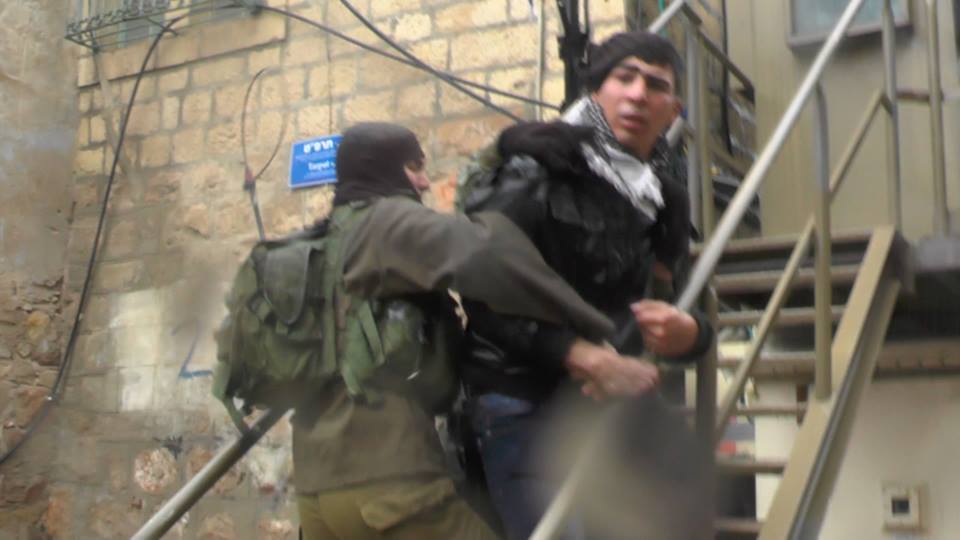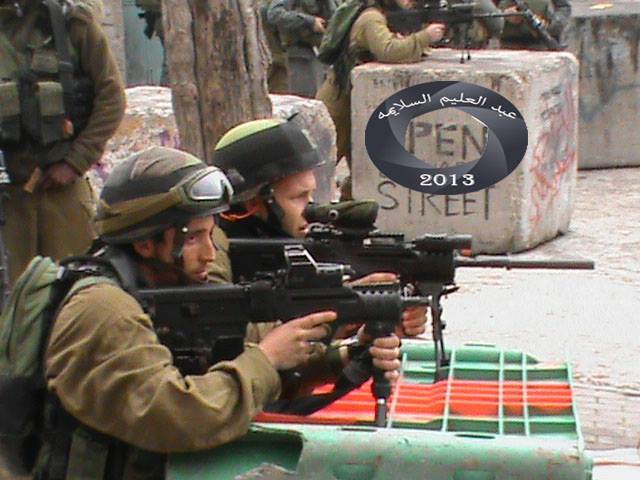Tag: H2
-
20-year-old Palestinian activist violently detained and arrested at Hebron checkpoint
28th November 2014 | International Solidarity Movement, Khalil team | Hebron, Occupied Palestine Israeli forces violently detained and arrested twenty-year-old Palestinian activist Imad Altrash at approximately two o’clock yesterday in al-Khalil (Hebron). Soldiers accused him of insulting and yelling at them at Shuhada checkpoint. No soldiers claimed that Imad threatened them or behaved violently. On…
-
Clashes for two days in the Palestinian city of Hebron
03rd January 2014 | International Solidarity Movement, Khalil Team | Hebron, Occupied Palestine At approximately 11.30am yesterday morning, Israeli forces detained a 13-year-old boy at Bab Al-Baladiyye in Khalil (Hebron). After a short period of time the young boy was released and a group of Israeli soldiers invaded the old city of Hebron, harassing residents and…
-
Video – Amena Rabo: A life under occupation
6th August 2013 | International Solidarity Movement, Khalil Team | Hebron, Occupied Palestine On the 2nd of August, Amena Abed AlFatah Abed Rabo passed away in Hebron. She was 71 years old and suffered a stroke. However, Amena might still have been with us, had the Israeli military let the ambulance through the many checkpoints.…



